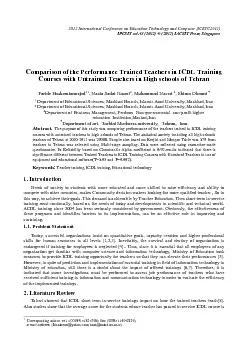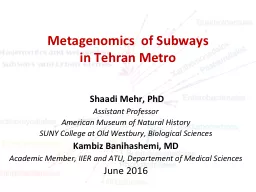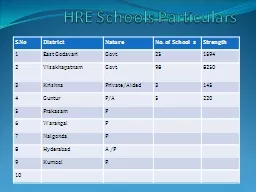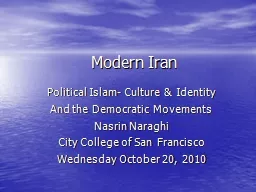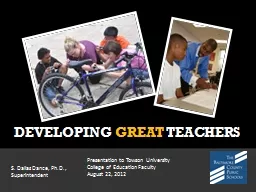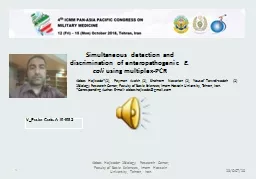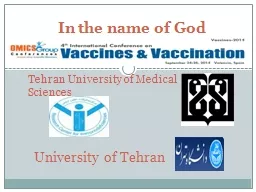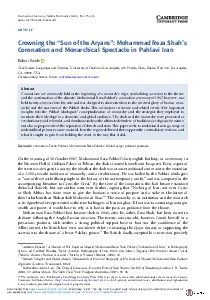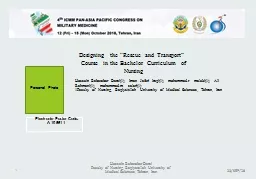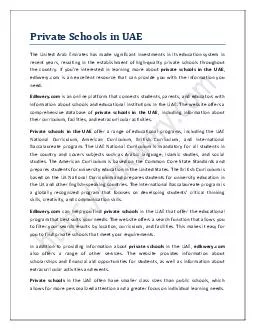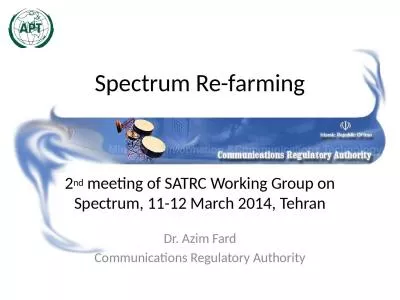PDF-Courses with Untrained Teachers in High schools of Tehran Faride Hashe
Author : pamella-moone | Published Date : 2015-11-29
Corresponding author Tel 00989151827208 fax 00985116042329 fhhashemiyahoocom hashmshdiauacir2012 International Conference on Education Technology and Computer ICETC2012IPCS
Presentation Embed Code
Download Presentation
Download Presentation The PPT/PDF document "Courses with Untrained Teachers in High ..." is the property of its rightful owner. Permission is granted to download and print the materials on this website for personal, non-commercial use only, and to display it on your personal computer provided you do not modify the materials and that you retain all copyright notices contained in the materials. By downloading content from our website, you accept the terms of this agreement.
Courses with Untrained Teachers in High schools of Tehran Faride Hashe: Transcript
Download Rules Of Document
"Courses with Untrained Teachers in High schools of Tehran Faride Hashe"The content belongs to its owner. You may download and print it for personal use, without modification, and keep all copyright notices. By downloading, you agree to these terms.
Related Documents

